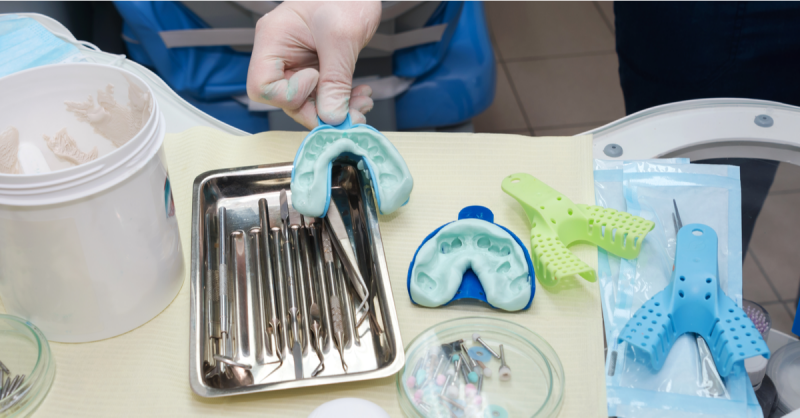Biocompatibility
the New Buzzword in Dentistry
Everyone is talking about “biocompatibility” not just in medicine, but especially in dentistry. What exactly does biocompatible mean? Basically, biocompatible materials are materials that should not harm the patient. You may ask, “Aren’t the materials used in dentistry biocompatible”?
The answer is complicated, there are literally thousands of dental materials in the marketplace with more being developed every day. The immune system is obligated to recognize anything in the body that is non-self, therefore, all dental materials will elicit an immune response from the patient to a lesser or greater degree. Research is showing that dental materials can also have a negative reaction to each other, creating more toxicity.

What makes using biocompatible materials so important? Due to the multitude of dental materials that are available, there are some that are significantly more toxic than others. Not that long ago, many dental metals like mercury amalgam fillings, titanium implants, and nickel crowns were thought to be inert, but science has now shown they are not only inert, they are toxic.
A recently published paper found that over half of the United States population of people over the age of fifteen have an average of five mercury amalgam fillings. Mercury is a known neurotoxin and has been definitively linked to Alzheimer’s disease. Studies on titanium implants are also showing that they contain heavy metals, aluminum, and vanadium. Exposure to titanium nanoparticles can cause DNA damage and cell death. Many people are aware of their nickel allergies, so they are cautious when buying cheap jewelry, but those same people may not be aware that almost all orthodontic braces and wires contain nickel.
Another research paper identified a plethora of dental materials that have the potential to be toxic to the patient, including composite resin with Bisphenol A (BPA). This is why it should come as no surprise that composite materials are not inert, either!
We’ve developed the serum biocompatibility test to allow dentists the opportunity to choose the least reactive material for that patient’s restorations. Biocomp Labs assays the reactivity to the components of over 8500 dental materials which can be placed into 21 different categories including cements, composites, crowns, dentures, bonding materials, temporary materials, etc. Each category is then further divided into three tiers, depending on each patients individual serum reactivity, eg. Highly Reactive, Moderately Reactive, or Least Reactive. Remember there is no such thing as non-reactive.
At Biocomp Laboratories, we know that there is “no one size fits all” when it comes to choosing the right dental materials, that is why we say, “Don’t guess. Get the test.”
References/Sources
1). Vazquez-Tibau A, Grube BD. Biocompatibility in Dentistry: A Mini-Review. Modern Research in Dentistry (2021) 6(4): 640-643
2). Siblerud R, Mutter J, Moore E, et al. A Hypothesis and Evidence That Mercury May be an Etiological Factor in Alzheimer’s Disease. Int. J. Environ. Res. Public Health (2019); 16(24), 5152
3). Estrich CG, Lipman RD, Araujo MWB. Dental amalgam restorations in nationally representative sample of US population aged ≥15 years: NHANES 2011–2016. Journal of Public Health Dentistry. (2021) 1-4.
4). Shahi S, Ozcan M, Dizaj SM, et al. A Review on Potential Toxicity of Dental Material and Screening Their Biocompatibility. Toxicol Mech Methods. (2019) 29(5):368-377.
